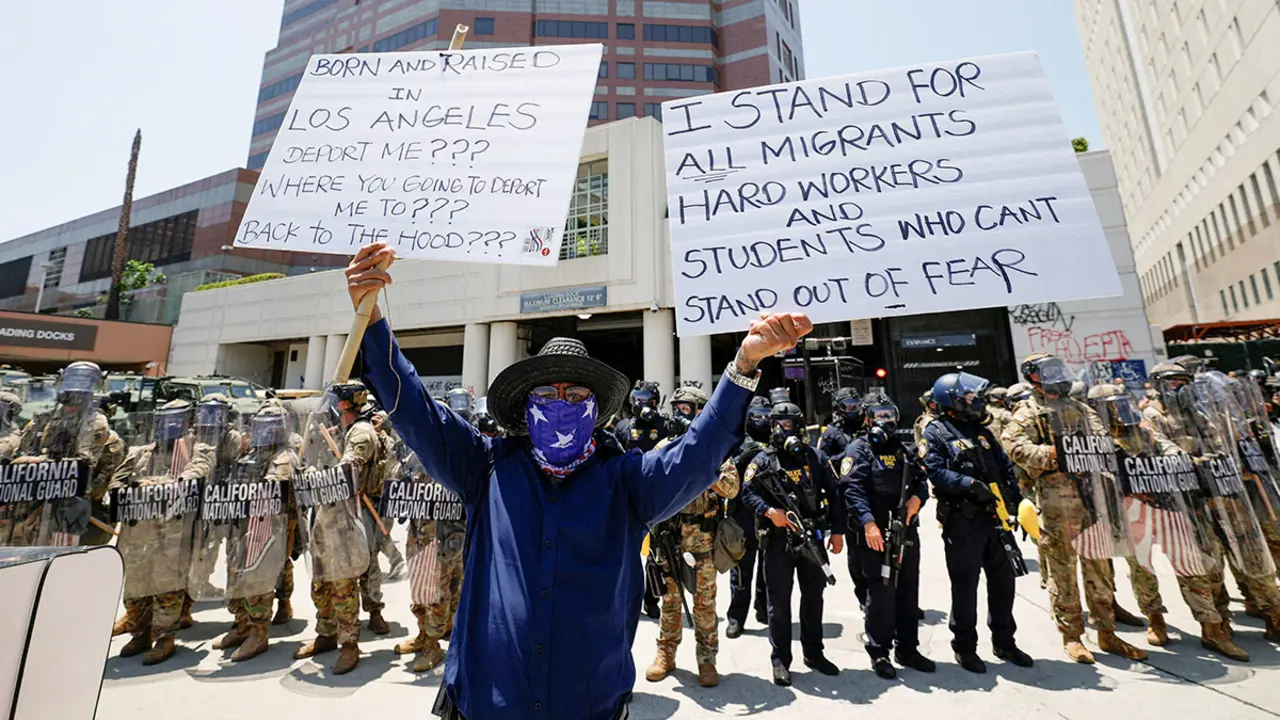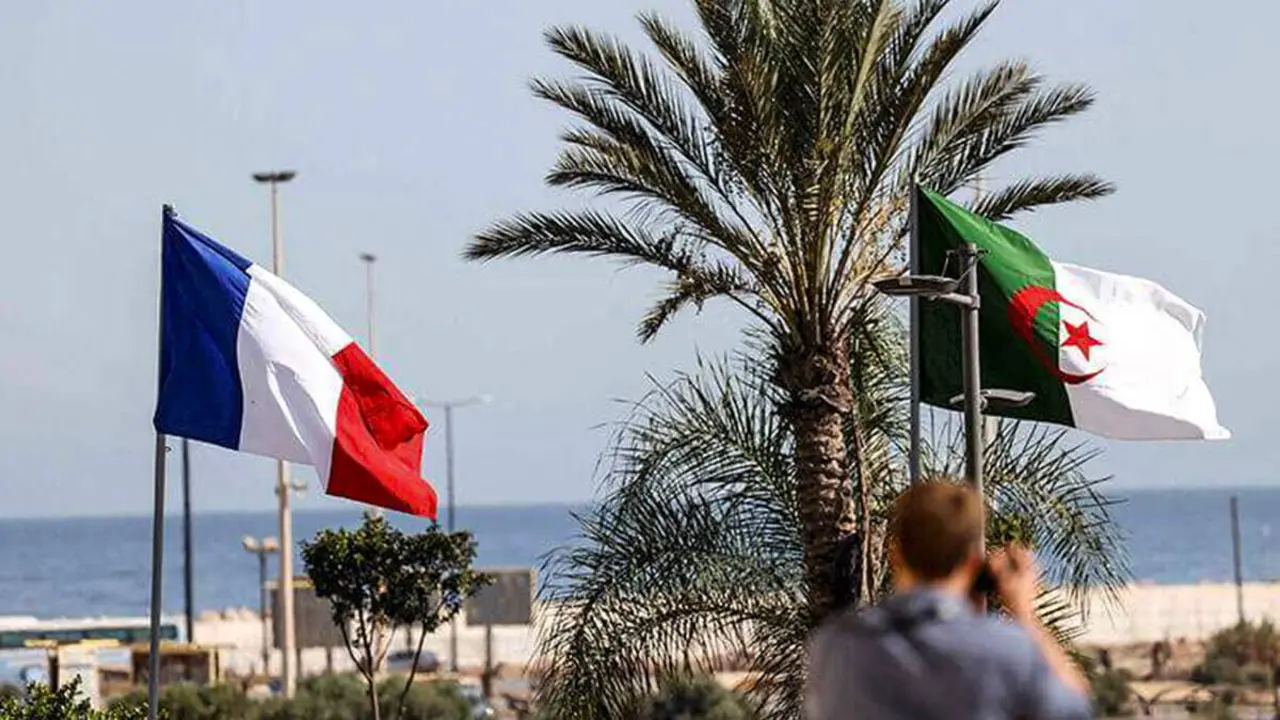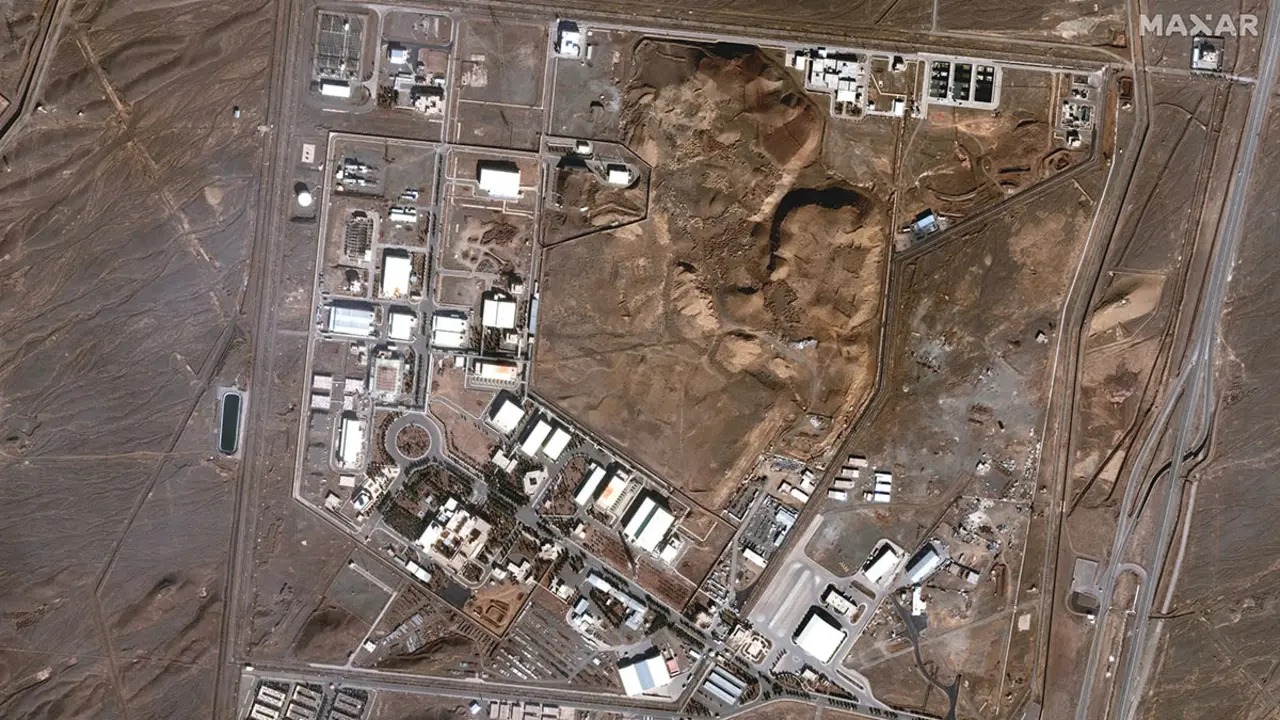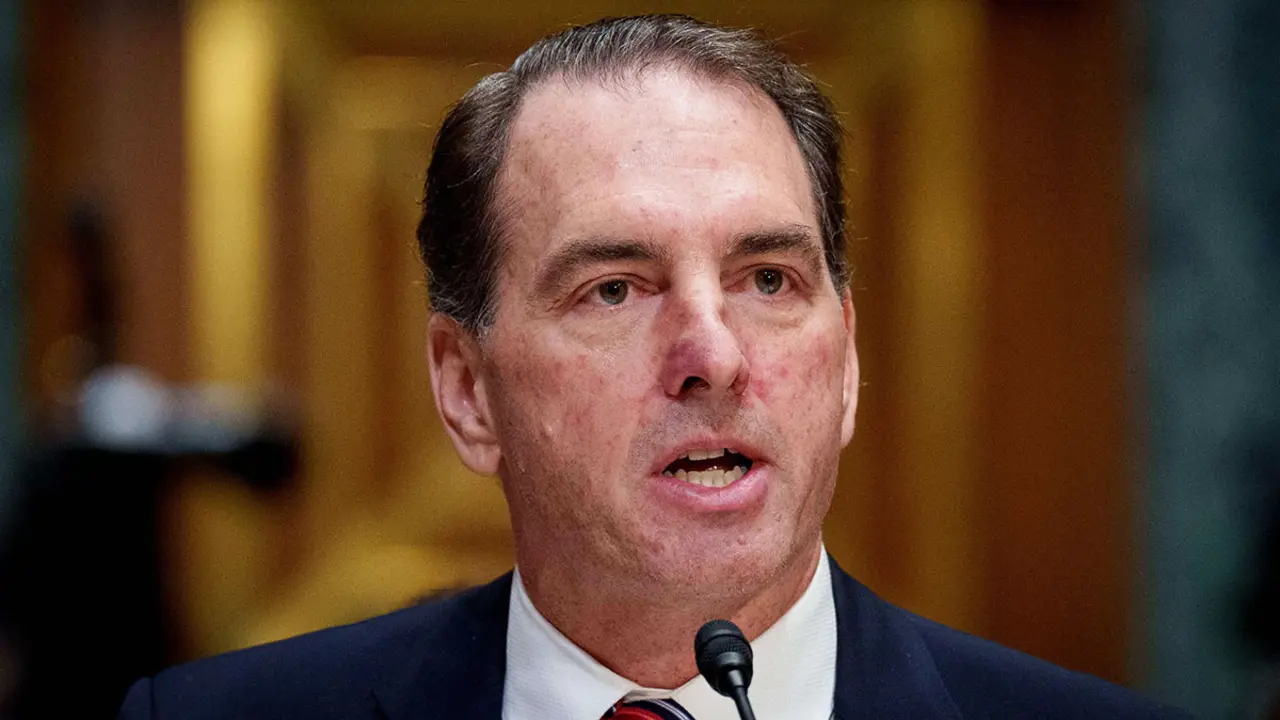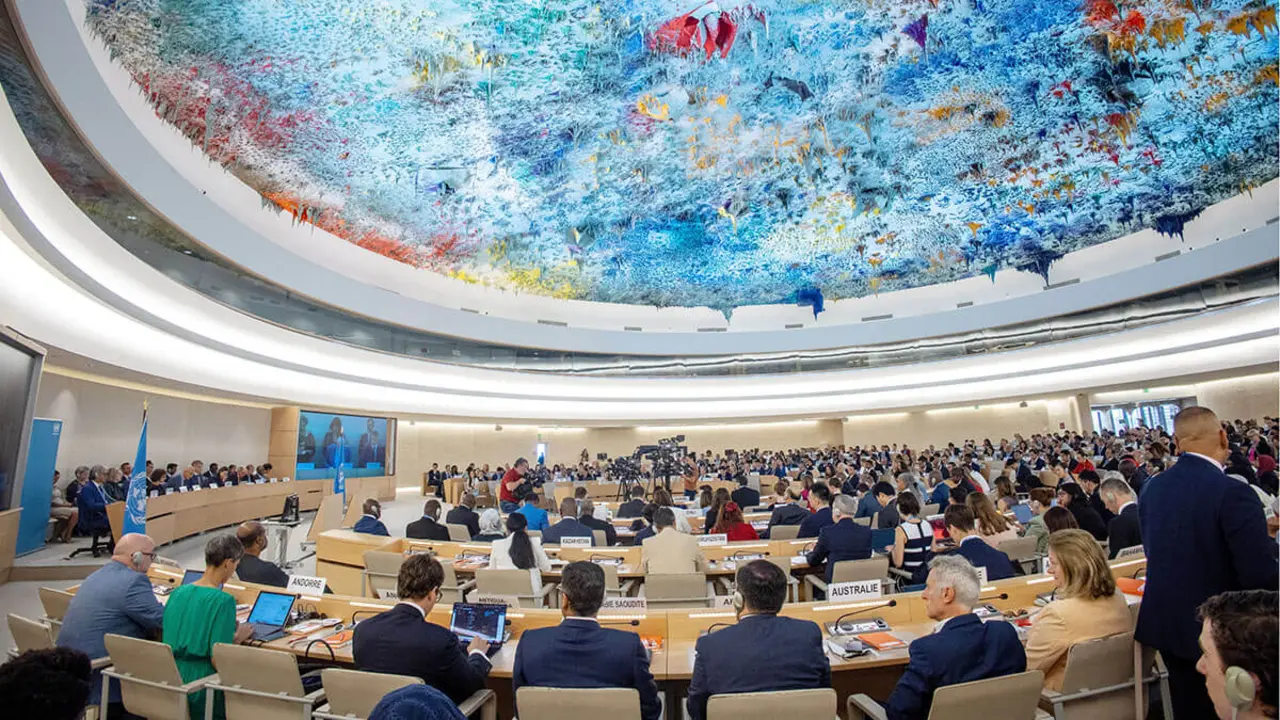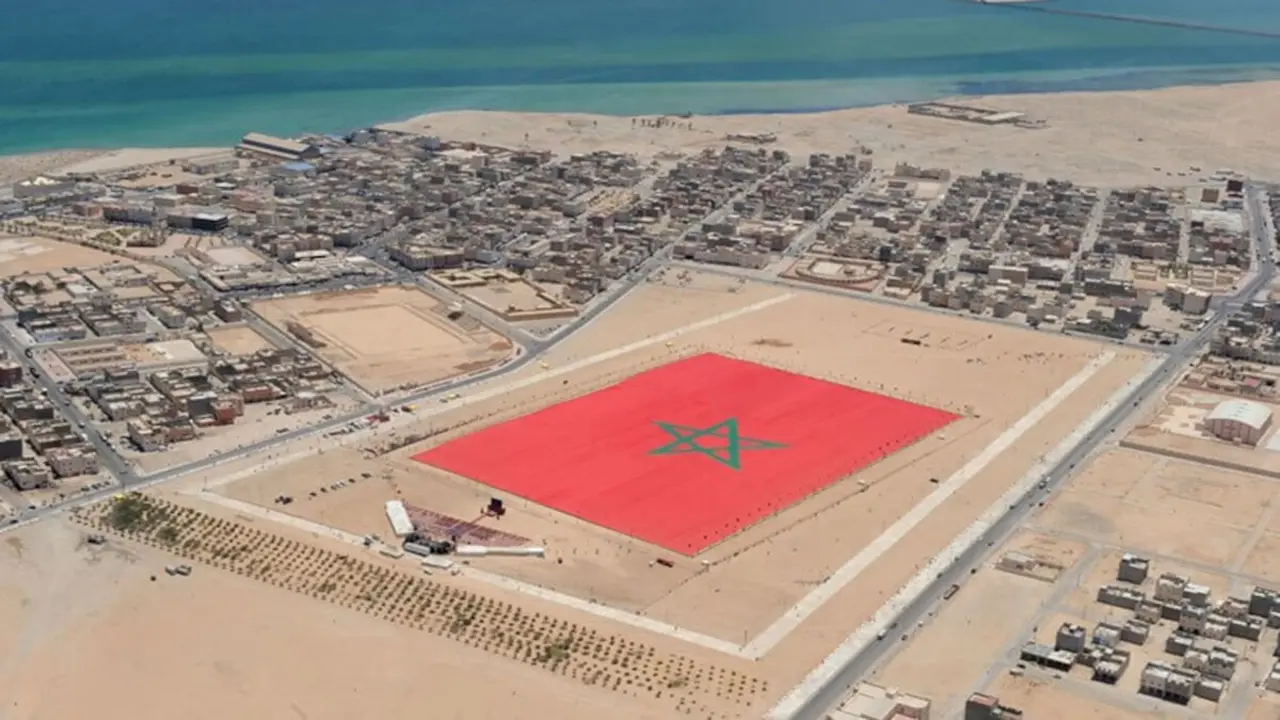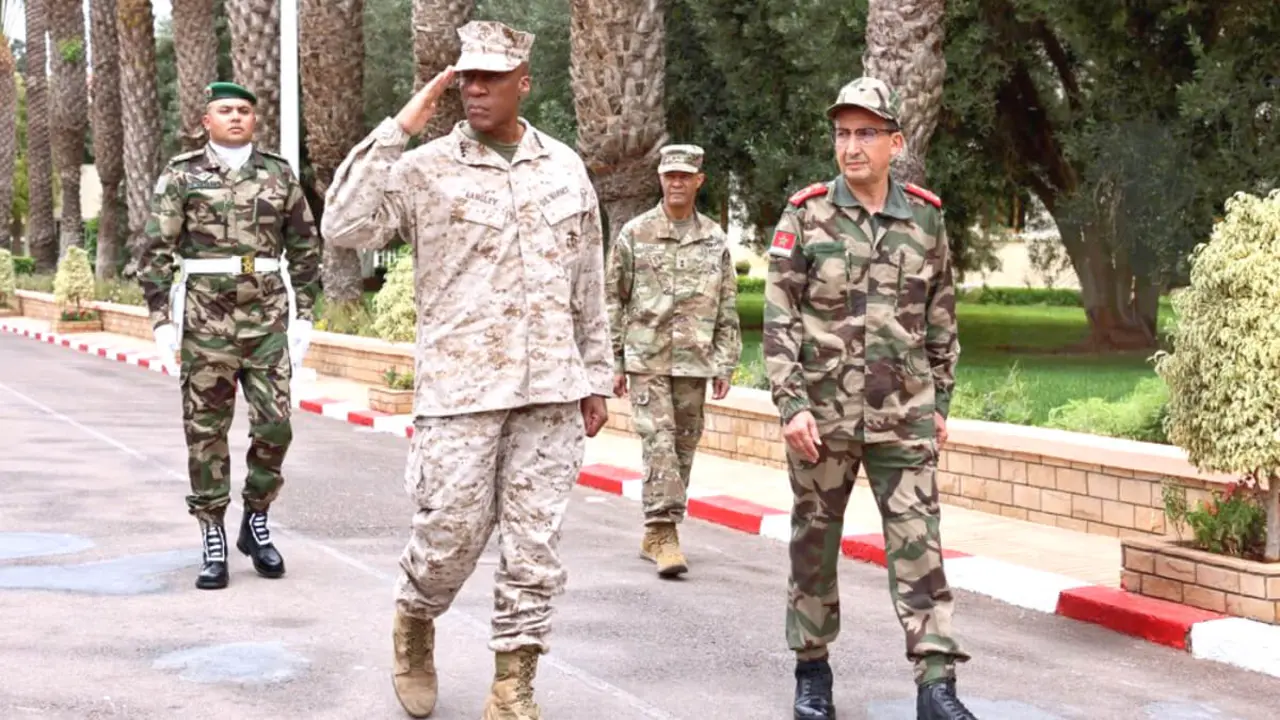Iranian protests spread to universities and schools

The protests in Iran are entering their third consecutive week and are spreading to educational establishments. In the last few hours, the Sharif University of Technology in the centre of Tehran has been the scene of violent repression by security forces against demonstrators. According to Iranian citizens on social media, police used tear gas, pellets, paintballs and rubber bullets, resulting in the death of some protesters. According to witnesses, security forces urged them to leave the premises and go to an underground car park of the university where riot police were waiting to arrest them.
A group of Tehran citizens have gathered outside the Sharif University of Technology, calling for the release of students surrounded by security forces inside the campus.#IranProtests#IranProtests2022 pic.twitter.com/N0Ms2ED7LD
— Iran International English (@IranIntl_En) October 2, 2022
The university management has denied the arrests, injuries and deaths and has ordered the closure of the school until further notice. The official media, meanwhile, speak of clashes and fights between pro- and anti-government students.
The protests have spread to other schools in the capital, as well as to Tabriz, Isfahan and Shiraz. According to the Women's Committee of the National Council of Resistance of Iran (NCRI), demonstrations have been reported in at least 48 Iranian universities. The same has happened in high schools and colleges. At a school in Karaj, for example, female students - many of them with their hair uncovered - expelled an education ministry official, reports Iran International.
This viral video shows unveiled schoolgirls throwing out an Education Ministry official from their school in Gohardasht of Karaj, west of Tehran.#IranProtests#IranProtests2022#No2Hijab pic.twitter.com/3szqowDetE
— Iran International English (@IranIntl_En) October 3, 2022
As the protests spread and intensified, the authorities' response became increasingly violent. According to the NGO Iran Human Rights (IHR) more than 130 Iranians have been killed since the protests began following the killing of Kurdish girl Mahsa Amini by morality police for wearing the Islamic headscarf incorrectly.
IHR denounces the killing of 41 people on 30 September in the city of Zahedan for protesting against the rape of a girl belonging to the Baloch ethnic minority by the head of the Chabahar police. The Swedish-based NGO also stresses that internet access continues to be disrupted. Apps such as Instagram, WhatsApp, Signal, Viber, Skype, LinkedIN, Google Play, App Store are blocked by the regime.
School students are waving their scarves in the air and protesting against the IRI.#Mahsa_Amini #MahsaAmini #مهسا_امینی
— Ali Hamedani (@BBCHamedani) October 3, 2022
pic.twitter.com/nWUItviIcl
Amnesty International has accused Iran of using "lethal force" against its own citizens. The organisation has leaked an official document issued to security force commanders urging them to "severely confront" protesters. "The Iranian authorities have decided to harm or kill people who take to the streets to express their anger at decades of repression and injustice," said Agnes Callamard, Amnesty International's Secretary General.
Mehrshahr, Karaj province, Oct 3rd: chanting “women life freedom, Mullas get lost, no to Islamic Republic”, school girls in Iran are marching in solidarity with university students. “We won’t leave you alone!”#MahsaAmini #مهسا_امینی #IranRevolution
— Masih Alinejad ?️ (@AlinejadMasih) October 3, 2022
pic.twitter.com/mwqeyrGYw5
In addition to the high number of dead and injured, security forces have detained prominent activists such as Hossein Masumi and Bahareh Hedayat, who has been arrested before, according to the BBC. The Iranian authorities have also arrested nine foreigners accused of provoking the riots. Among those arrested are citizens of Germany, Poland, Italy, France, the Netherlands and Sweden, according to Iran's intelligence ministry.
“The #US is not our enemy, our enemy is right here in #Iran” chants the Univeristy student protesters.@POTUS #Mahsa_Amini #مهسا_امینی #IranProrests pic.twitter.com/drdLocjnMt
— Afshin Ismaeli (@Afshin_Ismaeli) October 4, 2022
Tehran claims that the West is behind the protests. In particular, Iran's supreme leader, Ali Khamenei, has targeted his two main enemies: the United States and Israel, accusing them of "planning" the protests "with the help of some traitorous Iranians abroad". Since the demonstrations began, Washington has imposed new sanctions on Iran targeting morale police and security organisations. In a recent statement, President Joe Biden admitted to being "gravely concerned" about the situation in Iran and promised "additional costs" for those who use violence against protesters.
This the image & voice of the new Iran! Highschool girls singing #ShervinHajipour's song without hijab. The song that has been written based on Tweets for #MahsaAmini's protest, mentioning the reasons for the uprising & has become the anthem of #IranRevolution pic.twitter.com/lXozo9aXiZ
— Masih Alinejad ?️ (@AlinejadMasih) October 3, 2022
Despite the high number of deaths, injuries and arrests, there is some hope for change among Iranians. Famed Iranian lawyer and activist Nasrin Sotoudeh has expressed her optimism to Time magazine, noting that the current protests present "a very real possibility of regime change". "What people want is regime change and not a return to the past," Sotoudeh adds.
“We don’t want the Islamic Republic!”#IranProtests #IranRevolution pic.twitter.com/XTRXuvPdb5
— NUFDI (@NUFDIran) October 1, 2022
The brutality and violence of the authorities has failed to stop the protests sparked by Amini's death. "This is not calming down, it is spreading. The bravery of the young people on the streets in the face of the security forces is extraordinary," an Iranian told The Guardian. "At first they took off their veils, but now they are using stones and Molotov cocktails. There is no single leadership, but their tactics are becoming more and more sophisticated," he adds, according to the British newspaper.

